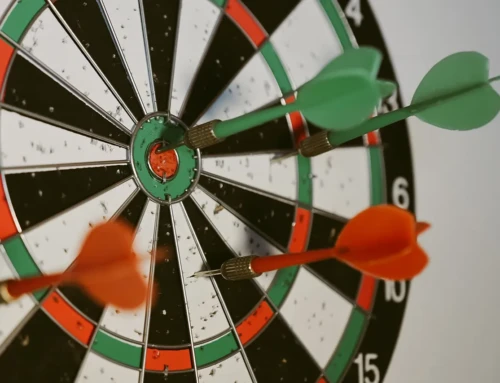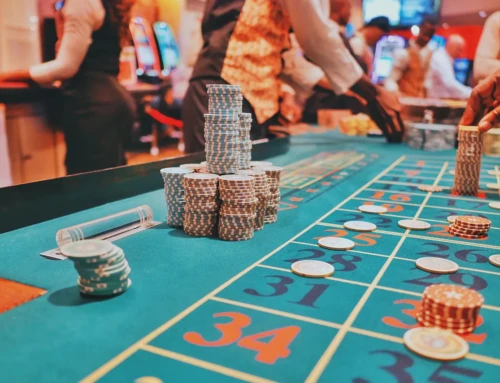The Struggle for Balance

We all struggle for balance in almost all areas of our lives: balance in our diets, our work, and personal interests: our spending and saving: and of course, our investment allocations. We instinctively understand the conceptual value of balance in our investments, but finding and maintaining it is elusive. Our struggle for balance develops because finding and maintaining a state of balance is critical to optimizing health and wealth.
The First Steps of the Struggle
We tend to move in the direction of our wants rather than our needs. For instance,I know I need to reduce the fat that’s accumulating on my internal organs but eating a sleeve of Chips Ahoy would feel so good right now, I want it. Human nature itself works against us in this struggle for balance.
We tell clients they need to balance the money they save between the instruments that fluctuate in value with supply and demand (stocks, bonds, real estate, and commodities), and those that will guarantee their principal and compound interest. But disrupting our advice is the perpetual barrage of data coming in from the modern world. This distraction is constantly working against our efforts to focus on finding the balance that helps our clients obtain the health they need to create the wealth they want.
The Second Steps of the Struggle
If we keep all or too much of our money in the fluctuating instruments, and our monthly income contracts, or an unforeseen expense arises when those instruments are fluctuating downward, selling them for the cash we need to address the expense accelerates the depreciation of that instrument. Conversely, if we keep all or too much of our money in the instruments that preserve principal and compound interest, we risk falling behind inflation. Put another way, balance between the fluctuating instruments and the stable ones is what allows each to work as efficiently as they might over time.
But again, we move in the direction of our wants, and we are moths to the flame of instant gratification. When we see the fluctuating assets fluctuating upward, we buy them. Then when they fluctuate downward, we panic and sell them. Buying high and selling low. We also suffer the FOMO, and the FORO (Fear of Running Out) and buy because we think higher returns will save us from our habit of overspending and under-saving. But taking on more investment risk is never going to be a viable solution for overspending. The financial institutions know all this about us, and they have spent vast amounts maximizing their efforts to exploit our weaknesses.
For many years now, our institutions have been manipulating the values of these instruments to serve their own interests. This has made it that much harder for mom-and-pop investors to find their balance and created unmanageable imbalances in the global economy and financial markets. By design, prior to becoming unmanageable, these imbalances have benefited a small number of people and arrested the development of many. As this has occurred, mom and pop have gravitated toward a state of imbalance in their financial lives that they do not understand and cannot afford.
The Rebalance
The good and bad news is nature invariably and eventually re-establishes balance. It’s bad because when the inevitable adjustment back to balance arrives, it is going to be massive, and painful – for everyone. But it’s good because that re-balance will afford opportunity to grow for a larger number of people. Further, it’s never too late to begin making your own personal adjustments toward balance, and this will ease the pain of the larger re-balance that’s coming. Put down the Chips Ahoy and back down your exposure to the stock market.
Written
May 4, 2021
Read Time
3 min read
More Posts




